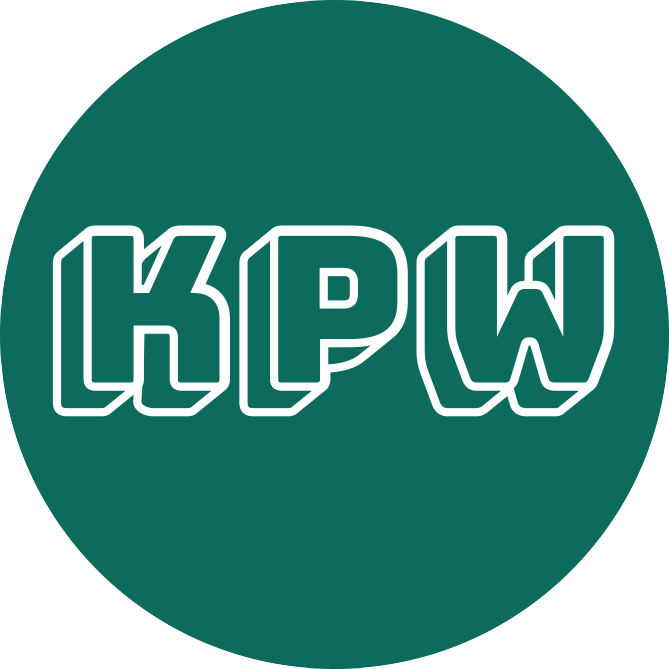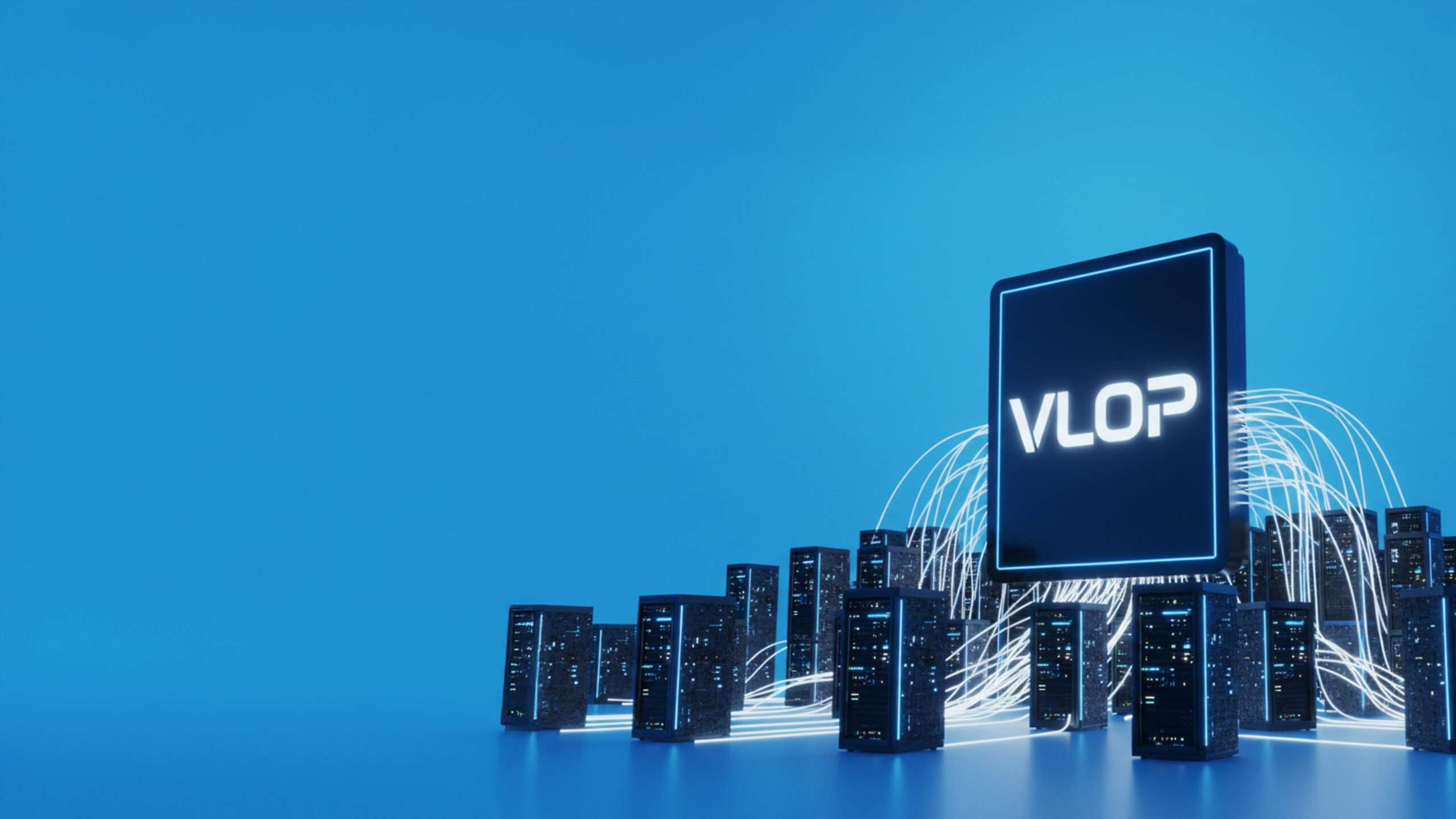
Guide
Against
Piracy.
Guide
Against
Piracy.
from
Product and trademark piracy is a major problem for many companies. But how can you defend yourself against it and, above all, make your own products distinguishable from fakes and protect them against counterfeiting?
The growing threat of counterfeiting
Product and trademark piracy is one of the biggest challenges for companies in the globalized economy. According to a study by the European Union Intellectual Property Office (EUIPO ), counterfeit products accounted for up to 5.8% of EU imports in 2019 – a value of around 119 billion euros. The economic consequences are devastating: estimated losses of 670,000 direct jobs and 15 billion euros in tax revenue in the EU. Small and medium-sized enterprises (SMEs) are particularly affected, as counterfeiting is far more likely to force them to close down than larger companies.
To counter this threat, the EUIPO has developed the comprehensive anti-counterfeiting and anti-piracy technology guide (ACAPT Guide) a valuable resource for right holders and businesses of all sizes.
What is the ACAPT guide?
The ACAPT Guide is a comprehensive guide developed by the European Observatory on Infringements of Intellectual Property Rights in cooperation with the Italian Patent and Trademark Office. The guide provides a knowledge base of over 40 to 46 different technologies to combat counterfeiting and piracy.
The guide is explicitly aimed at:
- Retailers and companies of all sizes
- Small and medium-sized enterprises (SMEs)
- Industry-independent traders
- Both experts and beginners in the field of anti-counterfeiting
The special feature: The ACAPT guide is made available as an interactive web tool.
Technology categories in the ACAPT guide
The guide structures the available technologies into different categories, which differ according to the application method:
Electronic technologies
This category includes electronic identification, authentication and tracking devices that are connected to the product:
RFID (Radio Frequency Identification): RFID tags can store extensive data about a product, including origin, date of manufacture and unique identifiers. This information is read by RFID readers at various points in the supply chain to ensure that the product is authentic and has not been tampered with. Battery-powered RFID tags in particular offer the advantage of larger, potentially rewritable memories and the ability to process and store information.
NFC (Near Field Communication): NFC enables the authentication of products by simply scanning them with a smartphone. This technology offers a low-threshold way for consumers to check the authenticity of a product.
Other electronic technologies:
- Electronic seals
- Magnetic strip
- Contact chips
2. marking technologies
Visible or invisible trademarks that are incorporated into the product or packaging:
Security holograms: Holograms are used to authenticate products and are difficult to replicate due to their complex structure. They can contain multiple layers of information, which makes them highly secure. Successful authentication requires knowledge of the original hologram as a basis for comparison.
Special inks:
- UV-sensitive inks
- Reactive inks
- Thermochromic inks (color-changing inks)
Other marking technologies:
- Optical memory strips
- Machine-readable codes (e.g. QR codes in combination with other authentication technologies)
- Encrypted images
- Watermark
- Microtexts
- Unique identification marks
- Copy Detection Patterns (secure graphics)
Chemical and physical technologies
Chemical or physical processes or substances are used to mark and verify the product:
DNA coding: DNA coding involves embedding a unique DNA marker in a product or its packaging. This trademark is virtually impossible to replicate and offers the highest level of security. The technology uses synthetic DNA sequences that serve as a counterfeit-proof “molecular fingerprint”.
Laser engraving: Laser engraving can be used to mark products with unique identifiers that are difficult to change or remove. This technology provides permanent and tamper-proof markings.
Mechanical technologies
Material elements or processes applied to the product for authentication and/or tamper protection:
- Sealing devices that hermetically seal packaging
- Special locking systems
- Tamper-proof packaging elements
Technologies for digital content
Especially for the protection of digital products:
Digital watermarking: This technology embeds information in digital files that can be used to verify their authenticity.
DRM (Digital Rights Management): DRM systems control the use of digital content and prevent unauthorized copying and distribution. These technologies are essential for companies that trade in digital products such as software, music and videos.
6 Supplementary tools and standards
Blockchain (Shared Ledger Technology): The guide also discusses blockchain as a tool that can be used in combination with other technologies to strengthen overall anti-counterfeiting measures. Blockchain provides tamper-proof, transparent records of the entire supply chain.
ISO standards: Relevant ISO standards are explained that support the implementation and effectiveness of anti-counterfeiting strategies.
Practical functions of the ACAPT guide
The ACAPT guide offers several search functions to support rights holders in selecting the appropriate technology:
- Free search: Search for any terms with additional filters
- Guided search: A series of questions leads you to the right technology
- Category-based search: Browse categories, subcategories and knowledge articles
- Glossary: Definitions of important terms and concepts
The search results can be filtered according to various criteria:
- Product type (physical or digital)
- Intended use of the technology
- Industry-specific requirements
How companies benefit from the ACAPT guidelines
Strategic advantages
- Comprehensive information base: The guide provides detailed descriptions of each technology, practical implementation advice and application examples.
- Cost efficiency: For SMEs in particular, it is crucial to find the right technical solution without making costly mistakes. The guide helps to identify the optimal technology for specific needs and budgets.
- Preventive measures: According to an EUIPO study from 2022, the most common reason for SMEs to register intellectual property laws was to prevent copying. The ACAPT guide supports this preventive strategy with technological solutions.
- Risk minimization: Product counterfeiting significantly increases the risk of an SME being forced to close down or even become insolvent. These risks can be minimized through suitable protective measures.
Practical application for own products
Schritt 1: Bedarfsanalyse
Nutzen Sie die geführte Suche im ACAPT-Leitfaden, um basierend auf Ihren Produkteigenschaften, Ihrer Branche und Ihren Schutzanforderungen geeignete Technologien zu identifizieren.
Schritt 2: Technologievergleich
Vergleichen Sie verschiedene Technologien hinsichtlich:
- Implementation costs
- Security level
- User-friendliness for consumers
- Integration options in existing processes
- Scalability
Schritt 3: Kombinationsstrategien
Viele Technologien entfalten ihre volle Wirkung erst in Kombination. Beispielsweise können QR-Codes mit Hologrammen, Copy Detection Patterns oder eindeutigen Identifikatoren kombiniert werden, um eine automatisierte Authentifizierung via Smartphone-Scan zu ermöglichen.
Schritt 4: Integration in die Lieferkette
Elektronische Technologien wie RFID ermöglichen die Verfolgung und Authentifizierung von Produkten entlang der gesamten Lieferkette – vom Hersteller bis zum Endverbraucher.
Schritt 5: Verbrauchereinbindung
Technologien wie NFC und QR-Codes ermöglichen es Verbrauchern, die Echtheit von Produkten selbst zu überprüfen, was das Vertrauen in die Marke stärkt.
Conclusion: A tool in the fight against counterfeiting
The EUIPO’s ACAPT Guide is more than just a source of information – it is a strategic tool for rights holders to develop a tailored anti-counterfeiting strategy. At a time when counterfeiting no longer only affects luxury goods, but also everyday products such as food, cosmetics, textiles and even essential spare parts for wind turbines, trains and airplanes, proactive protection is essential.
The variety of technologies presented – from established solutions such as holograms to innovative approaches such as DNA coding and blockchain – enables companies of all sizes and industries to find the optimal solution for their specific needs.
For rights holders, investing in suitable anti-counterfeiting technologies is a sensible measure to protect the trademark, the customers and ultimately the existence of the company.
We are happy to
advise you about
Trademark law!







